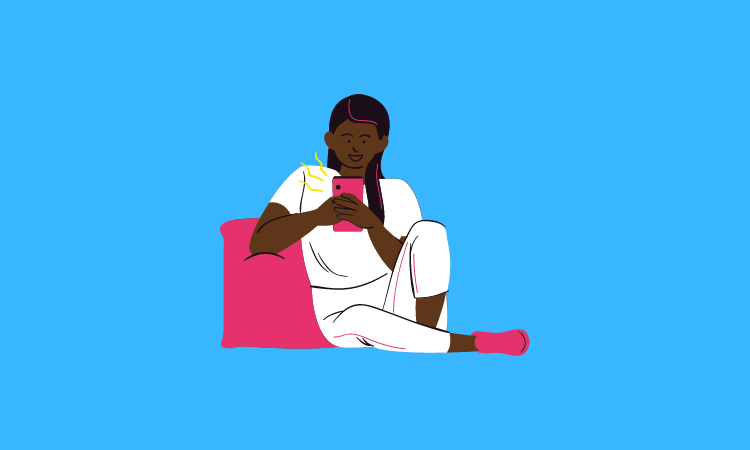4 charts
“People think about banking when they’re doing other things:” 4 charts on consumers’ banking habits
- Consumers increasingly continue to rely on digital banking tools, and are demanding more personalized products from their financial institutions.
- Incumbents still have a bit of an upper hand in terms of being human-first establishments, but that story can change, as Gen Zers start entering the picture.








